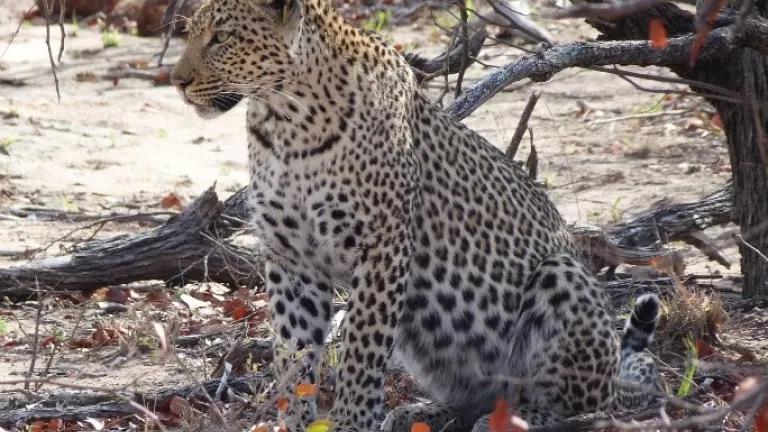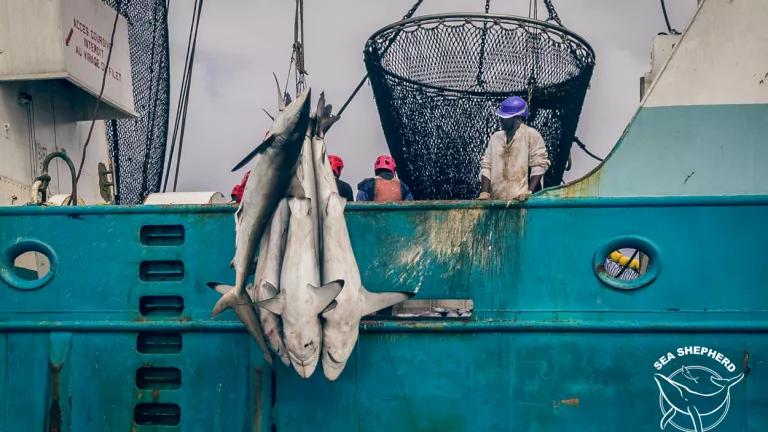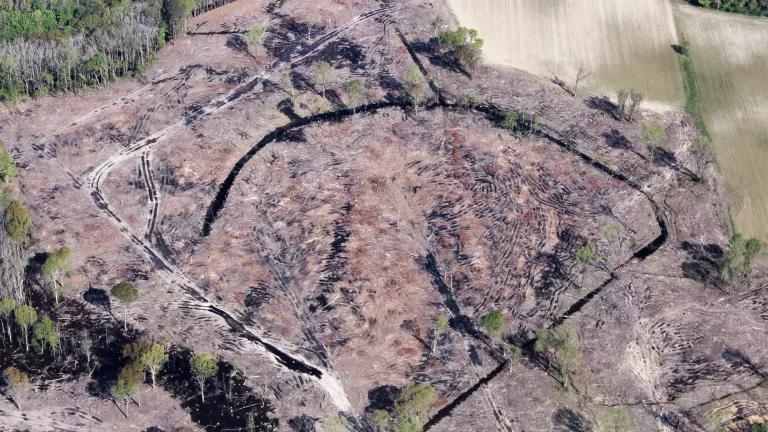
This week, the New York Department of Environmental Conservation (NYS DEC) will destroy nearly two tons of ivory tusks, statues, and jewelry, with a value of over $8 million dollars.
As the poaching crisis continues, elephants desperately need the worldwide attention such an event garners. With some scientists predicting African forest elephants could be extinct within less than a decade and African savanna elephant populations declining by 30% between 2007-2014, the situation remains dire for these magnificent creatures.
The ivory that will be destroyed was confiscated as a result of the New York ivory ban law, which NRDC helped pass in 2014. The Crush – organized in partnership with NRDC, WCS and other conservation organizations – signals our nation’s commitment to ending the global poaching crisis.
In addition to their symbolic purposes, there are other compelling reasons to destroy ivory stockpiles. Doing so helps reduce speculation (the existence of stockpiles drives up speculation) and clearly signals to poachers and traffickers that the U.S. will not reopen its ivory market, thereby reducing their incentive to kill elephants. It’s also a security issue since stockpiles serve as targets for thieves, with a 2010 TRAFFIC report suggesting that almost one-third of stockpiles have been subject to theft.
The value of stockpile destructions has led many countries to partake over the years, with the first ivory destruction occurring in 1989 in Kenya. While several occurred between 1989 and 2006, the vast majority have been held over the past five years as poaching levels have exploded. To my count, this is the 30th ivory destruction event in global history, with destructions occurring on four continents: Europe, North America, Asia, Africa. This week’s event is the third ivory crush held by the U.S. The first was in Denver, Colorado in 2013 (6 tons) and the second in 2015 in Times Square, NY (almost 1 ton).
This Crush, specifically, shows that the U.S. ivory bans are working! Indeed, were it not for the federal ivory ban and even stricter NY state ivory ban law, the ivory being destroyed this week would likely have never been confiscated in the first place. The NY law, which prohibits the purchase and sale of ivory and rhino horn and increases penalties for wildlife traffickers, has led to increased confiscations and prosecutions (see here and here, for example)—as have state laws in other ivory markets (e.g., California) and the federal ban. With an anti-wildlife Administration and a Republican-controlled Congress, it’s vitally important to show – as we are today – that these bans are effective and should be kept in place. It also shows countries without domestic ivory bans, like the United Kingdom, the benefits of enacting such restrictions.
This Crush also encourages others to destroy their stockpiles. For example, the U.S. Fish and Wildlife Service should destroy any ivory it has stockpiled since its last crush in 2015, as should other U.S. states with ivory bans like California, New Jersey, and Washington. China, which is currently in the process of closing its domestic legal market, should also destroy the vast majority of its ivory, after conducting sampling and DNA testing for identification and enforcement purposes.
Go over to Central Park and watch the Crush on Aug. 3 at 10:30am (location here) and make sure to bring along a NRDC poster to show your support for elephants!




